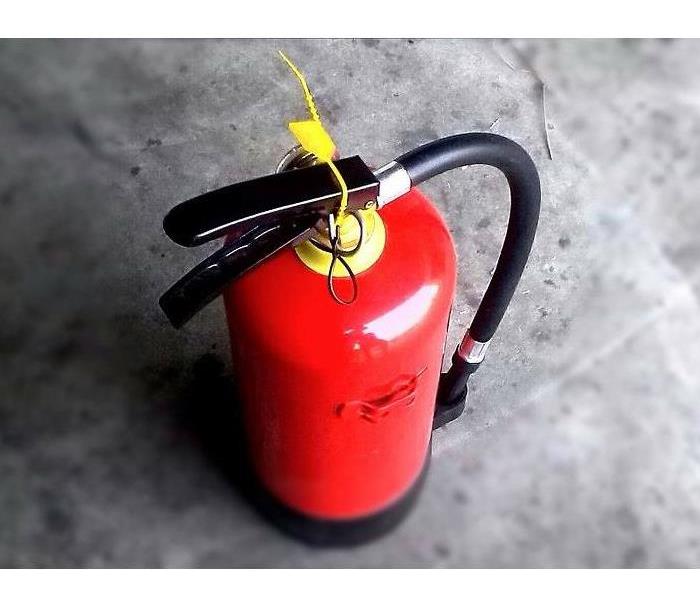Clean up fire extinguisher residue
7/28/2021 (Permalink)
According to the Fire Equipment Manufacturers’ Association, more than 80% of fires reported in sprinklered buildings did not grow large enough to use the sprinkler system, which means that the fire was able to be contained using a fire extinguisher.
But what happens after the fire is extinguished and everybody is safe from danger? The cleanup starts.
Before starting the cleanup process, make sure you know what kind of fire extinguisher was used.
- Dry Powder Fire Extinguishers
- Water and Foam Fire Extinguishers
- Carbon Dioxide Fire Extinguishers
- Dry Chemical Fire Extinguishers
- Water Mist Fire Extinguishers
- Wet Chemical Fire Extinguishers
- Clean Agent Fire Extinguishers
Each type of fire extinguisher has different components and chemicals in order to put up specific types of fires. For dry powder fire extinguisher residue, usually, the best plan of action is to use one part warm water to one part isopropyl alcohol to wipe down affected areas. Dry chemical fire extinguishers contain sodium bicarbonate, potassium bicarbonate, etc. We suggest starting the cleaning process immediately since some of these components can be corrosive to certain materials.
It is important to remember that you should only fight a fire if
- The fire is small and contained
- You are safe from toxic smoke
- You have a means of escape
- Your instincts tell you it’s OK
If you need help with any of your cleaning needs, call SERVPRO of Henry and Spalding Counties and SERVPRO of Clayton County at 678-432-3003.





 24/7 Emergency Service
24/7 Emergency Service
